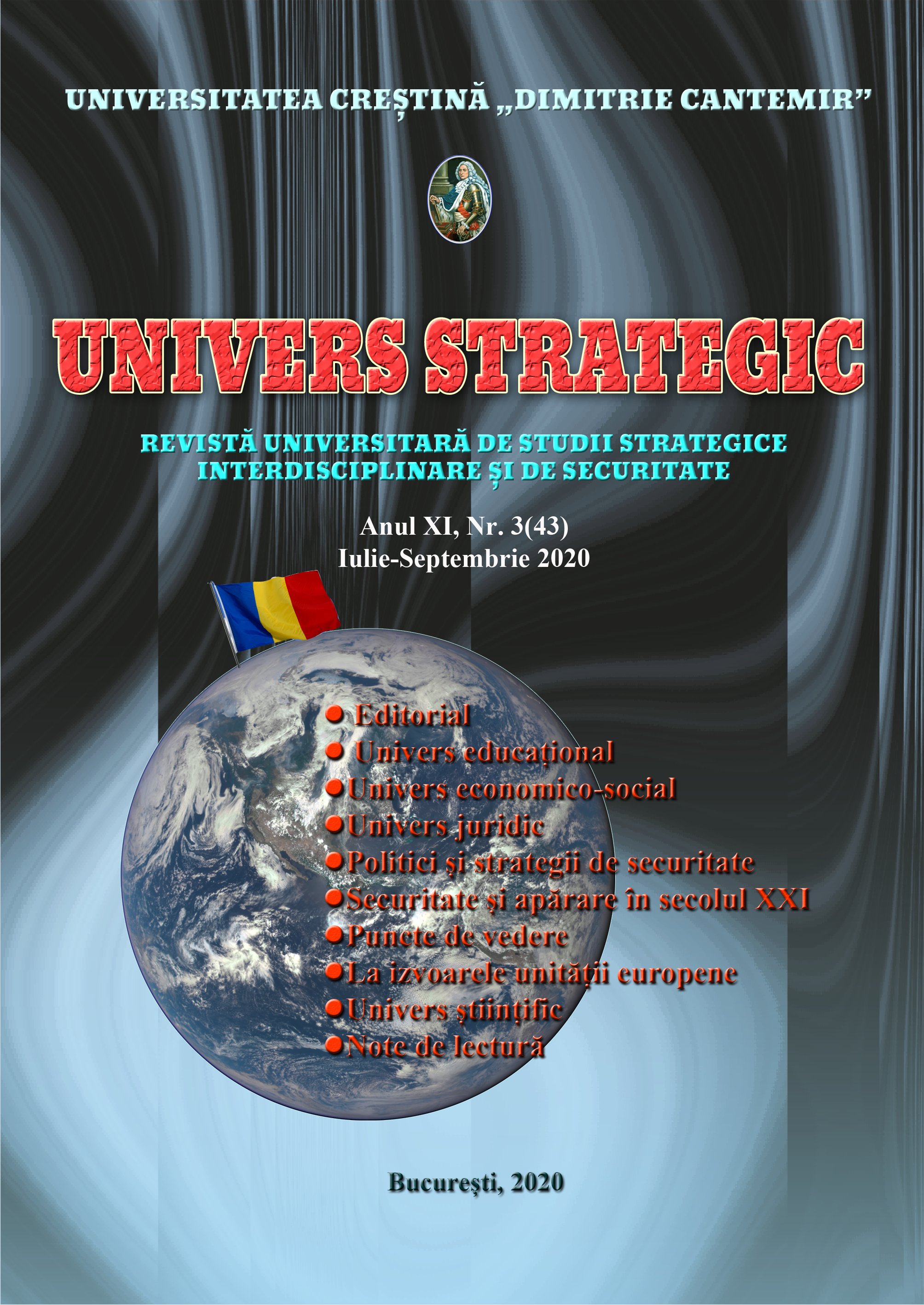Marile Dinastii Feminine (II)
ARHETIPUL „ÎMPĂRĂTESEI” ÎN CIVILIZAȚIILE PĂMÂNTULUI. IPOSTAZA „FEMEII CU AUTORITATE SUPREMĂ”, O REMINISCENȚĂ A CIVILIZAȚIILOR PIERDUTE ALE MARII ZEIȚE (CIVILIZAȚIILE MATRIARHALE)
Great Feminine Dynasties (II)
THE ARCHETYPE OF THE EMPRESS WITHIN THE EARTHIAN CIVILIZATIONS. ”THE WOMAN WITH SUPREME AUTHORITY” HYPOSTASIS, AS REMINISCENCE OF GREAT GODDESS LOST CIVILIZATIONS (THE MATRIARCHAL CIVILIZATIONS)
Author(s): Madalina-Virginia AntonescuSubject(s): Ancient World
Published by: Universitatea Crestina "Dimitrie Cantemir"
Keywords: woman; empress; matriarchal civilizations; Goddess’s civilizations; great feminine dynasties; supreme authority; feminine authority; gender studies;
Summary/Abstract: If we are looking at the folk culture but also at some “society games” from medieval age until now (cards games, tarot), within the European areal especially, we are encountering reminiscences of that image of woman endowed with supreme authority (the empress), that, in fact, are representing remote memories of an age where human civilizations were depicted by a feminine pattern of organization, by feminine values, by the cult of Great Mother, of the Goddess, of the Empress of Sky and also, of the woman embodying the planet Earth itself. These representations we are finding as encrypted within a series of imagines with the woman sitting on a throne, nearby various symbols signifying power, feminine creation and other associations of woman with the universe, nature and virtues (beauty, fertility, grace, love, courage, decision authority etc.). These imagines called popular but also, sacred (as tarot) are in reality, shapes of resistance for ancient imagines of old and flourishing feminine civilization of pre-history, consecrating image of the women as great priestess, as supreme political authority (queen, empress), as sacred being, divinized for her inner femininity, within a type of pre-patriarchalist civilizations that was removed from history for five millennia, once with expansion of nomad tribes of warriors and beginning of the martial civilizations age based on the cult of supreme man (seen as the great god). Recovering the initial image of the woman, as source of authority and identifying feminine values and symbols with the authority itself (woman sitting of the throne) represents a necessary effort to regain the dignity, the lost, erased, marginal image of the woman, under the impact of five millennia of patriachalist pattern.
Journal: Revista Univers Strategic
- Issue Year: XI/2020
- Issue No: 43
- Page Range: 241-268
- Page Count: 28
- Language: Romanian

